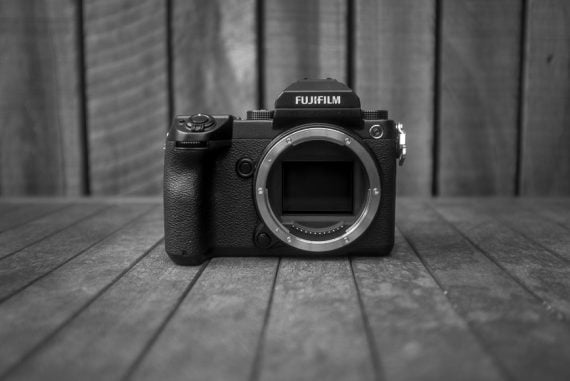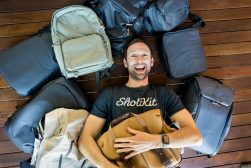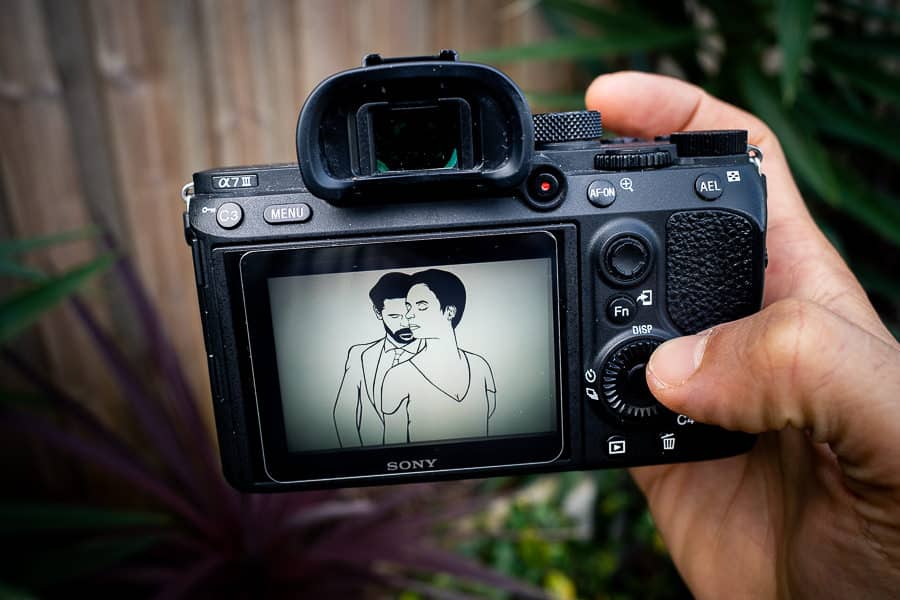

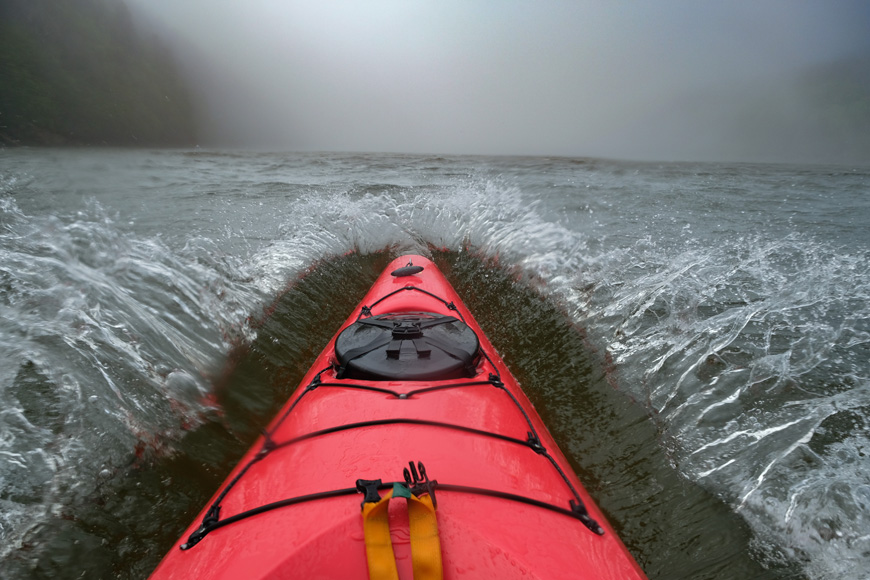


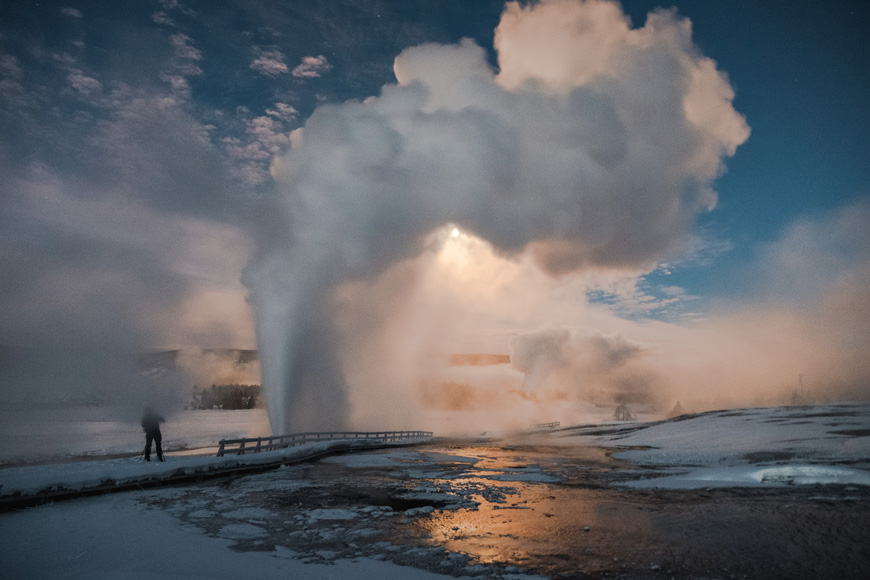
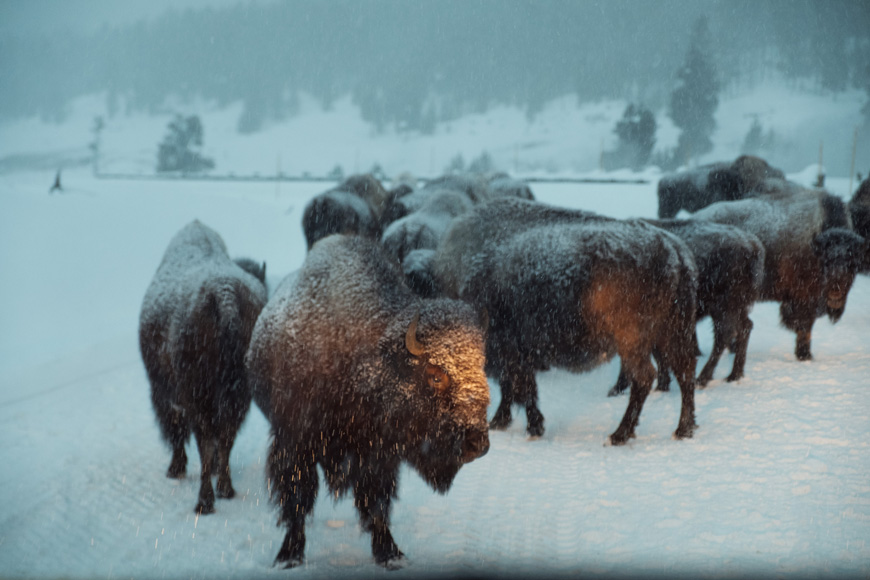

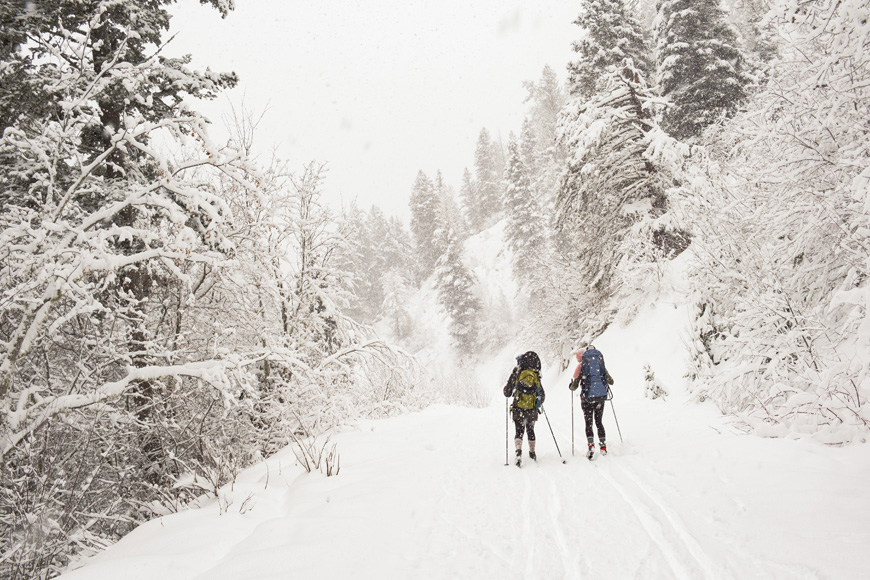
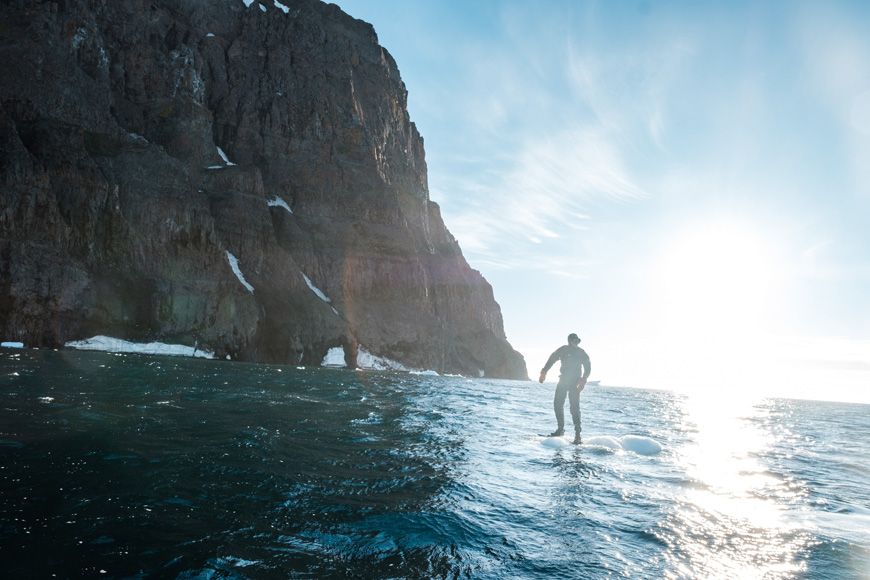
Dan Westergren
Travel | Last Updated: November 7, 2022
When I was young, I spent a lot of time outdoors just hiking and biking. I then became obsessed with photojournalism and combined with working for newspapers and attending grad school, all of my time was taken up.
Eventually, I was lucky enough to land a job with National Geographic Traveler, where I could mix my love of the outdoors with my love of photography.
For more than twenty years, I hired photographers and shot pictures of amazing places all over the world.
But the places I personally gravitated to were those found in extreme altitudes or latitudes, both north and south. I think it’s because I grew up in the midwest at a time when we had real winters.
Living in Washington DC for many years, I really miss the snow and need to seek it out.
For example, there was one time I spent a couple of weeks skiing the last degree to the North Pole. If I wanted winter, I surely found it here!
Now I work as a freelance photographer, still doing travel work but also random commercial things. If you need pictures of huge trucks, then I’m your guy.
My main interest is in searching out great locations and photographing a subject, usually people or animals, in those picturesque places. I also work as a photo guide which helps me visit extreme locations on a fairly regular basis.
Cameras
Fujifilm X-T3 – ever since my newspaper days, I have always carried two main camera bodies. One set up with a wide-angle view and one with a telephoto.
When Fujifilm came out with the X series cameras, I was an instant convert. I was attracted by the smaller size, but the main reason I love these cameras is the analog-style dials. They just work for my brain.
Fujifilm GFX 100S – for many years, I have carried an extra camera. Pre-digital and for a long time after, it was a Rolleiflex. I like having a camera with a singular viewpoint, one with a single lens, neither wide nor telephoto. This makes for a more interesting picture, and it’s up to me to do the work.
Since film just isn’t a practical choice these days, the GFX with a 50mm lens has become my digital Rolleiflex. It always amuses me that most of my favorite pictures come from the restricted view I get from this type of setup.
Plastic Diana – taking my restricted view philosophy to the extreme, I frequently carry a plastic camera, and right now, it’s the Diana.
I often do monochrome and just decided to mix up some chemicals and leave them in the laundry room. I had forgotten how easy it is to process film. I don’t have a group of favorites from this camera yet, but I’m working on it.
Fujifilm X100V – although my iPhone supposedly has a nice camera, I don’t use it much. I’d rather carry a real camera around for everyday stuff, and this is the one for me.
DXO One – used with an adapted Nikon wide-angle conversion lens. This great little camera attaches to the lightning port of an iPhone.
Although this camera was discontinued and abandoned, they added one important feature beforehand, and that was the auto-ramping to the time-lapse mode.
This feature works brilliantly and saves DNG files. It will also auto-compile the stills into a time-lapse movie that is ready to go as soon as the shot is finished.
Since it can be used while disconnected from the phone, I set it up and just walk away as it makes a time-lapse while I’m gathering my other pictures, and I won’t feel too bad if someone decides they need this setup more than me.
Lenses
Fujifilm XF 16-55mm f/2.8 R LM WR – typically, this is the lens on the camera set up for the wide-angle view, and it is by far the most useful lens of any that I have.
Fujifilm XF 50-140mm f/2.8 R LM OIS WR – this is the lens set up for telephoto. I don’t really feel the need for a zoom on this camera, but it’s so good, so why not?
Fujifilm XF 14mm f/2.8 R – I’m not a huge fan of super wide lenses because sometimes the compositions feel a little forced, but when I need something wider, I’m always happy to have this one in my bag.
Fujifilm XF18-55mm f/2.8-4 R LM OIS – my spare wide-angle lens and especially necessary to have when I need to shoot handheld video. I find the IS built into the lens indispensable for video.
Fujifilm XF35mm f/1.4 R – my first Fujifilm lens and still my favorite, as pictures taken with this lens just seem to have a little something extra that I can’t really explain.
Fujifilm XF23mm f/2 R WR – when I’m tired of carrying around the large f/2.8 wide zoom, I’ll put this lens on for a while and feel a little less conspicuous.
KMZ Jupiter-8 50mm f/2 LTM – a Soviet lens adapted to GFX, and surprisingly, it covers the GFX sensor without a hard vignette. This lens is another arrow in my restricted view quiver.
It is especially nice wide open because the image has a degraded quality that is really nice for some subjects. It also makes me happy to use a crappy old Soviet lens on a hundred-megapixel modern camera.
Some of the other stuff I carry with me:
Godox AD200 – I don’t tend to use these much, but when I do, they are always reliable and work great for me.
Godox TT685F – a very effective lighting tool.
Godox Xpro-F trigger
Lowepro Specialist 85 AW – this particular bag is not made anymore, so I had to troll eBay just to find one. For my type of photography, a backpack doesn’t really work, so this bag is more like a fanny pack that you can wear in front for full access when taking pictures.
Lowepro also made a shoulder harness setup that can be clipped on, turning it into a backpack for those times when I need to climb something steep or ride a bike.
I also have an Old Lowepro TLZ SLR bag, as the one mentioned previously is not that big. The GFX and Plastic Diana usually get stuffed into this one.
Manfrotto 190XDB aluminum medium-size tripod – simple to operate and easy to carry. Un-killable, so I don’t see any reason to replace it. Plus, it once helped me move a rattlesnake off the trail, so I keep it around for good luck.
A Leica tabletop tripod; I don’t seem to be able to break this one either, and random cheap ball heads from Amazon and countless Arca-Swiss knockoff quick-release plates.
For my hardware and editing, I use a 14-inch Macbook Pro M1 Laptop and Photo Mechanic for ingesting my photos. Lightroom Classic is what I use for editing, and I often incorporate the Fujifilm profiles, with my favorite being Classic Chrome.
Outdoor Research Alti Mitts – I find these indispensable for extreme cold weather photography. They are actually too bulky to operate your camera, but I wear a thin pair of glove liners underneath, and I take off one to take my pictures.
They are also quite handy to keep your extra batteries warm at thirty degrees below zero.
Baffin Pack Boots – I kind of feel like Frankenstein walking around with these boots, but when it’s really cold, they are the only option to keep my feet warm.
Ewa-Marine Underwater bag – I rescued this old thing from the trash in the National Geographic photo equipment shop. The vinyl bag with a glove inside was originally intended to be used with a small film SLR.
When I started using the Fujifilm X cameras, I quickly realized that an XT camera and 14mm lens would fit perfectly inside. With the camera set to auto, I only need to reach the shutter button. It gets used pretty frequently when I’m out on the water.
As I have written the descriptions here, I wonder if my photographic style isn’t just like throwing spaghetti at the wall and keeping whatever sticks.
In truth, I’m always working on two things in my head, the photos I know the client is expecting and the photos that I want. Sometimes the two become the same thing, and we’re both happy.





